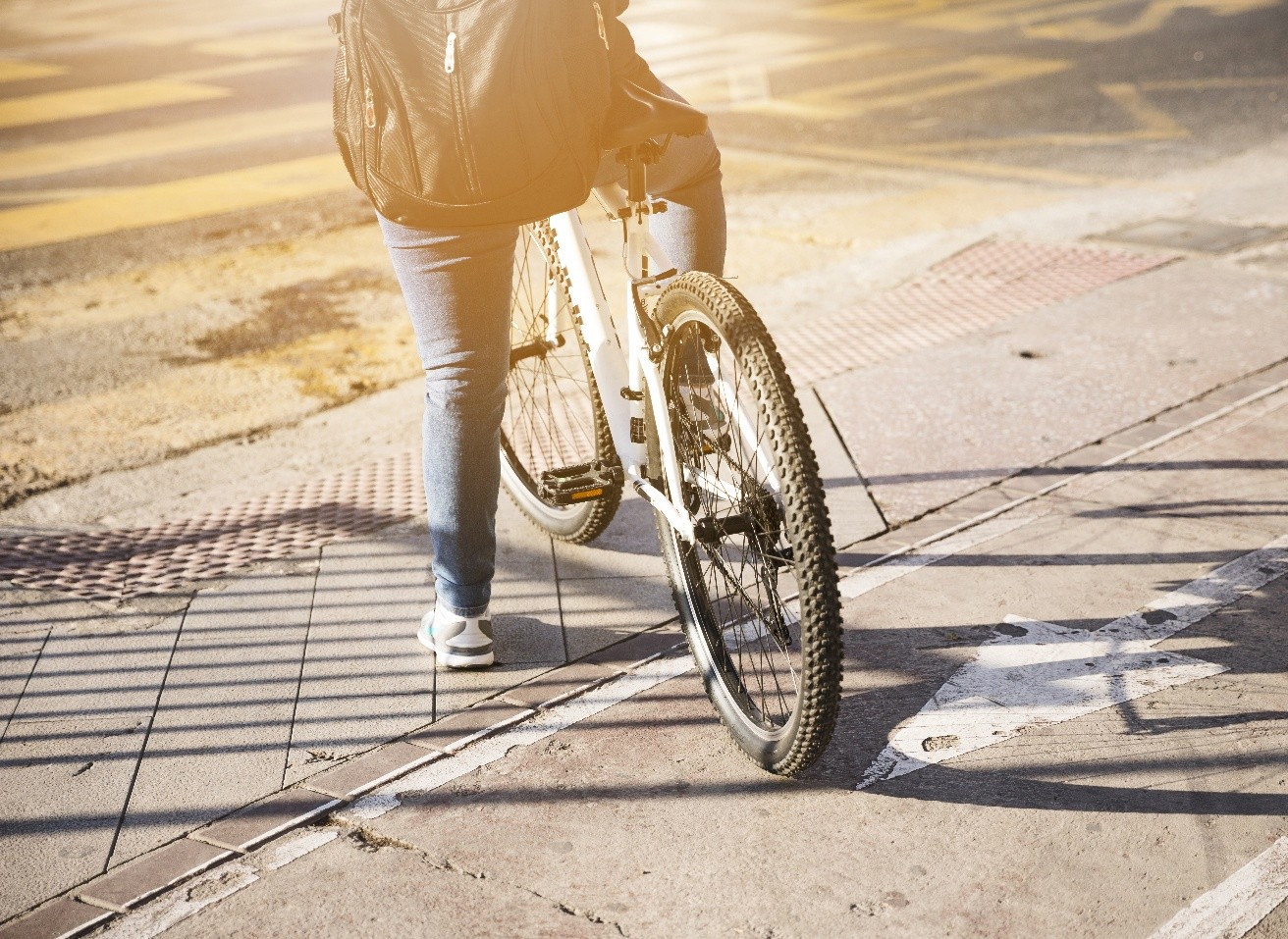Riding your bike on the sidewalk might feel safer—but in California, that choice can carry legal risks if you’re not careful.
When you’re pedaling through busy streets in cities like Los Angeles or biking sidewalk Palm Desert, you may think hopping onto the sidewalk is the safer bet. But that decision, while common, comes with its own set of rules—and responsibilities. And if you’re ever involved in a sidewalk-related bicycle accident, understanding your rights becomes just as important as wearing your helmet.
Sidewalk Riding: Is It Even Legal in California?
Here’s where things get complicated. California doesn’t have a statewide ban on riding bikes on sidewalks—but many cities do. For instance, in Palm Desert, sidewalk biking may be allowed in certain areas but restricted in commercial or high-traffic zones.
That means riding your e-bike or traditional bicycle on the sidewalk can be legal one block and illegal the next—depending on the local ordinances. This patchwork of rules often leads to confusion and, in unfortunate cases, collisions with pedestrians or vehicles emerging from driveways or alleys.
Why Sidewalk Riding Can Still Lead to Injury
Even when it’s legal, sidewalk riding isn’t always safe. Vehicles backing out of driveways can’t easily spot fast-moving cyclists. Pedestrians don’t expect to be overtaken by bikes. Uneven pavement or poorly maintained sidewalks can cause unexpected crashes.
And when a crash does happen on the sidewalk, especially while biking sidewalk Palm Desert, questions about who’s at fault can become legally complex.
That’s when having a seasoned bike injury lawyer in Palm Desert becomes essential—to help untangle liability and preserve your right to fair compensation.
Real People. Real Recoveries
Let us update you on what one of our old clients have to say about us –
“After my e-bike accident on a narrow sidewalk, I was left with broken bones and more questions than answers. Thomas Forsyth and his team took over everything—negotiated with insurance, uncovered the city’s liability, and got me compensated. I didn’t have to do it alone.”
—Resident, Palm Desert
This narrative in itself, proves the fact that we are not just mere legal reps, who deal with the case as it is. Rather, we make it a point to ensure that all our clients get one-on-one services from our end.
Ride Smart: Safety Rules Every Cyclist Should Know
If you choose to ride on the sidewalk, or find yourself with no better option, follow these clear guidelines:
- Always yield to pedestrians. Legally, they have the right of way.
- Ride slowly. Maintain a speed close to walking pace. Fast riding increases the risk of injury and liability.
- Use a bell or voice to signal your presence. Give people time to react.
- Never dart into intersections or driveways. Always slow down and check both directions.
- Dismount in crowded areas. It’s safer, and in some zones, it’s required by law.
These habits don’t just reduce accident risk—they also reduce the likelihood that you’ll be found legally responsible if something goes wrong.
Why Drivers Are Still Often at Fault
Even when you’re biking sidewalk Palm Desert and staying cautious, drivers may still be at fault in a crash. California law requires motorists to yield to pedestrians and cyclists crossing at driveways and intersections—even if the cyclist is on the sidewalk.
Still, insurance companies often try to blame the cyclist first. This is where The Law Offices of Thomas F. Forsyth steps in—to guide you through the legal complexities and protect your right to compensation.
Let’s Talk Liability: What Happens After a Sidewalk Crash?

If you’re hit while riding on the sidewalk, several questions come up:
- Was your riding legal in that zone?
- Were you traveling at a safe speed?
- Did the driver check before crossing the sidewalk?
- Was the sidewalk properly maintained?
We examine all these factors—alongside video evidence, witness statements, and municipal codes—to build a strong case on your behalf. As a bike injury lawyer in Palm Desert, Thomas Forsyth represents injured cyclists exclusively. His focus is always on you, the rider—and on ensuring your losses are accounted for, from medical bills to lost wages and emotional stress.
Don’t Let a Low Settlement Define Your Recovery
Many cyclists accept lowball insurance offers because they’re unsure of their legal standing. Others are told they’re partly or entirely to blame. But sidewalk crashes require deeper legal analysis. Liability may fall on the driver, a business, or even the city.
Before you sign anything, talk to someone who knows how to handle biking sidewalk Palm Desert claims and understands the specific legal landscape of California.
The Forsyth Legal Approach: You’re Not Just a Case
At our firm, we believe that every injured cyclist deserves more than a case file number. Thomas Forsyth and his legal team are here to listen, evaluate your case thoroughly, and fight for every dollar you deserve.
We’ve helped riders across Los Angeles and the greater California region recover after devastating sidewalk collisions, e-bike incidents, and hazardous road conditions. You’re not alone in this.
Your Voice Matters—Share It
Have you ever been hit while riding on the sidewalk? Or have questions about what’s legal where you live? We want to hear from you. Drop a comment below or reach out for a free consultation—and take your first step toward recovery and clarity.
FAQs
Is Palm Springs bike friendly?
Yes, Palm Springs is bike-friendly, offering scenic routes, bike lanes, and rental options. However, local sidewalk laws vary—always check signs and city regulations before riding.
What is the difference between a sidewalk and a bike path?
A sidewalk is built for pedestrian use and is usually adjacent to roads. A bike path is designed for bicycles, often separated from both streets and sidewalks.
Can Google Maps show bike paths?
Yes. Google Maps includes a “bicycling” layer that displays bike lanes, trails, and paths. Use it to plan safe and legal routes for your ride.
Why don’t cyclists use the sidewalk?
In many areas, riding on sidewalks is illegal or unsafe due to pedestrian traffic and visibility issues. Cyclists are safer on designated bike paths or bike lanes.


